In her opinion article published on the AJC website on Tuesday, April 9, columnist Maureen Downey invited educator Mary Kay Bacallao to share her views on Senate Bill 48, the “Dyslexia Bill,” which was passed by large majorities of the Georgia House and Senate and now awaits Governor Kemp’s signature.
As a board member of the International Dyslexia Association, expert contributor for Made By Dyslexia, Head of School at The Schenck School, one of the oldest and most highly respected elementary schools for students with dyslexia in the country, the father of a dyslexic child and dyslexic myself, I feel compelled to respond.
While I am sure well-intentioned, Ms. Bacallao’s characterization of dyslexia and her concerns about overdiagnosis and “labeling” a child with a “brain abnormality” are not only unfounded, they are damaging.
Dyslexia is real. It is neurobiological in origin and countless brain-imaging studies have documented a difference in the way a dyslexic brain processes text. It is also unexpected. Given what we know or have observed about a dyslexic individual’s other cognitive abilities, we are surprised by their struggles learning to read. While the scientific community continues to debate dyslexia’s prevalence (anywhere from 5 – 20% of the population) and the nuances of its definition, there is no question about its existence. A lack of understanding or awareness of dyslexia does not make it any less real.
Ms. Bacallao’s assertion that “there is far less certainty about dyslexia and how it is recognized” is also untrue. Dyslexia is complicated and our understanding of it continues to evolve. However, we also know that many people with dyslexia share common characteristics that are identifiable as early as four years old. For instance, a child who is familiar with colors but has a difficult time rapidly naming them is at a higher risk for dyslexia. As a child is exposed to more language and print, they may also struggle to recognize rhyming words and / or recall their letters and sounds after same-aged peers have mastered these tasks.
Further, we also know that dyslexia is heritable, and if a parent experienced an unexpected difficulty learning to read, write or spell, there is a strong likelihood their child will as well. As Ms. Bacallao correctly states, “Many teachers avoid using the term [dyslexia],” and instead often assure parents reading will come with time and maturity. In reality, we know from scientists like Dr. Nadine Gaab with Harvard Medical School that the earlier a child is identified and receives research-based intervention, the more profound its impact.
To delay identification and intervention is ineffective at best and cruel at worst. As a successful adult who spent my formative school years praying the teacher would not call on me to read aloud, I can testify to undiagnosed dyslexia’s academic and emotional impacts.
Ms. Bacallao and I do agree on one important factor: how reading should be taught in our schools. Ms. Bacallao does a beautiful job explaining the reading process and how a child moves from understanding letter / sound correspondences into fluid and accurate reading. She incorrectly characterizes this approach as contradictory to research-based interventions which the International Dyslexia Association refers to as “Structured Literacy.” Instead, Ms. Bacallao alludes to questionable motives and a larger conspiracy between dyslexia advocacy groups and the government. These ideas are outlandish.
Third grade reading scores in the Atlanta-Metro area show that the majority of students continue to perform below grade-level. For African American students and students from economically-disadvantaged backgrounds, their reading proficiency rates are immoral.
The illiteracy problems in our schools are not solely attributable to dyslexia. Many other factors contribute to these appalling rates. However, why would we oppose additional investments in getting an understanding of a child’s reading trajectory as early as possible? The system as it currently stands is not working for the vast majority of our students, dyslexics included.
Finally, I want to make sure that Ms. Bacallao understands that I do not interpret myself, my son or the students in my care at The Schenck School or the thousands of Schenck School alumni as having shameful brain abnormalities. There is no question that our brains process information differently. There is no doubt that some cognitive tasks (connecting a symbol to its sound) can be taxing. Our brains are different, and I am thankful for it. A dyslexia diagnosis does not limit a child’s potential. It empowers them to understand the nature of their difficulties and the path for success. I wish more students in Georgia had that privilege.
Josh J. Clark
Head of School, The Schenck School
Executive Director, ReadSource







Leave a Reply